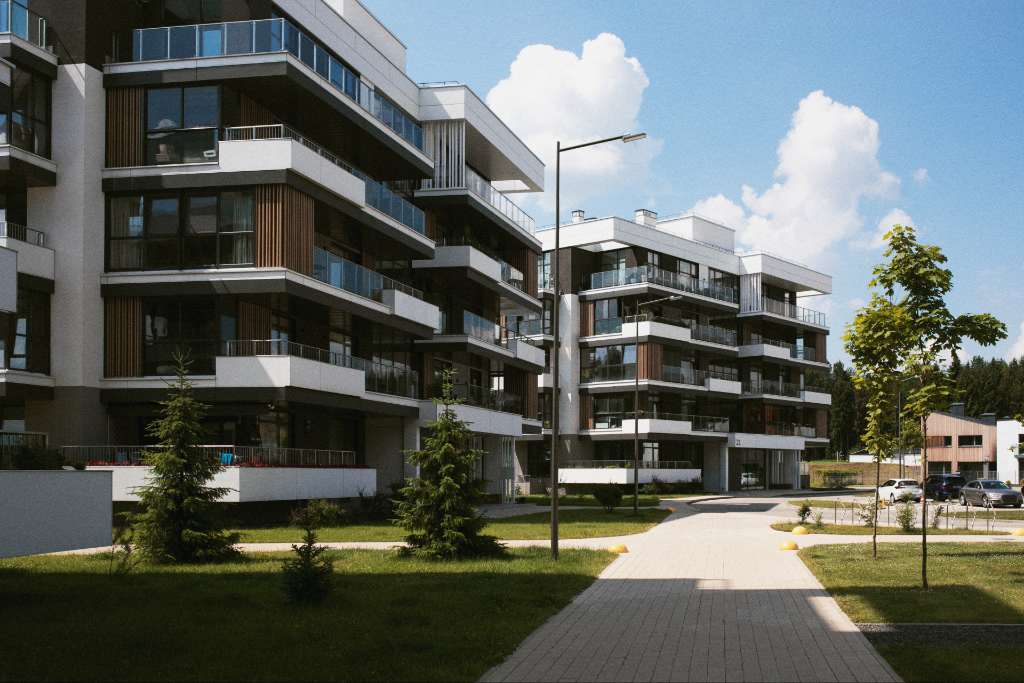Property and casualty coverage sits at the core of commercial insurance, shaping how losses are managed when businesses face damage or liability. Each type of claim requires a different approach, but both call for accuracy and coordination to limit disruption and financial risk. Knowing how these claims differ and how they are managed helps insurance professionals guide clients, control exposures, and achieve fair resolutions with the support of experienced property and casualty loss adjusters.
What Are Commercial Property and Casualty Claims?
A commercial property insurance claim arises when a company’s physical assets, such as buildings, equipment, or inventory, are damaged or destroyed by events like fire, theft, vandalism, or severe weather. This coverage protects owned or leased property, helping businesses recover financially and restore operations quickly. For example, if a warehouse fire interrupts distribution, a property claim can fund repairs and restocking, allowing the company to regain both stability and continuity.
Casualty claims address situations where a business may be legally responsible for harm to others, whether through bodily injury, damage to third-party property, or professional errors. Unlike property claims that cover the company’s own assets, casualty claims respond to legal liabilities. Understanding this distinction ensures the right resources are applied to each situation, supporting faster and more accurate resolution when losses occur.
Types of Commercial Property and Casualty Claims
Commercial property and casualty claims fall into defined categories that guide how exposures are assessed, coverage is applied, and losses are resolved.
Types of Commercial Property Claims
- Structural Loss: Damage to buildings or permanent fixtures, for instance, fire-damaged warehouse walls or a collapsed roof.
- Equipment or Contents Damage: Loss or impairment of machinery, tools, or inventory, such as computers soaked by a storm or vandalized merchandise.
- Business Interruption: Coverage for income loss and added expenses when operations pause due to property damage, including relocation or repairs. This can include profits, fixed costs, temporary locations, and extra operating expenses.
Types of Commercial Casualty Claims
- General Liability: Third-party bodily injury or property damage claims, like a visitor slipping on your premises or equipment you supplied causing damage to a client’s property.
- Workers’ Compensation and Employer Liability: Covers employee injuries at work, providing medical benefits and wage replacement, within a no-fault system that typically limits employer litigation exposure.
- Professional Liability (Errors & Omissions): Claims arising from service or advice errors, such as negligence or misrepresentation, requiring defense costs and possible settlements.
- Cyber Liability: Coverage for financial and reputational losses due to cyberattacks, data breaches, or digital asset compromise, often including business interruption from cyber events.
Common Challenges in Property and Casualty Claims
Handling property and casualty claims often goes beyond straightforward damage assessments. Large commercial losses can involve multiple stakeholders, extensive documentation, and legal complexities that extend timelines. When losses span across different coverage types, it increases the chance of disputes or missed details if not managed carefully.
Delays in communication, inconsistent field reporting, and surge events during catastrophes can also strain resources. A single event may involve property restoration, liability investigations, and business interruption claims, all of which require coordinated expertise. Without clear, consistent handling, costs rise and client confidence erodes.
Best Practices for Effective Commercial Property and Casualty Claim Management
Managing commercial property and casualty claims effectively requires strategic execution that protects financial performance, strengthens client relationships, and preserves brand reputation throughout the claims process.
Early and Accurate Assessment
A thorough on-site evaluation ensures that both property damage and liability exposures are documented from the start. Accurate assessment prevents disputes and creates a solid foundation for timely and consistent resolution.
Coordinated Communication
Clear, consistent updates to carriers, brokers, TPAs, and insureds keep every stakeholder aligned. Open communication reduces delays, minimizes confusion, and fosters confidence throughout the claim process.
Integrated Documentation
Bringing property and casualty records together ensures no detail is overlooked. A unified approach simplifies reporting, maintains consistency, and supports stronger decision-making.
Scalable Resource Deployment
Large losses or surge events require resources that can expand without sacrificing quality. Scalable deployment ensures continuity of service whether addressing a single complex loss or a widespread catastrophe.
Brand-Safe Representation
Every claim interaction reflects the client’s reputation. Adjusters who bring professionalism, empathy, and consistency across property and casualty claims protect relationships and represent the brand with care in every scenario.
How Property and Casualty Claims Intersect
Property and casualty claims often overlap, creating situations where a single event triggers multiple forms of coverage. Picture a wet floor left unattended after flood damage. A customer slips, triggering a casualty claim for bodily injury, while the flood damage itself starts a property claim.
Addressing both claim types in tandem ensures consistency across documentation, investigation, and settlement. When property and casualty exposures are reviewed together, liability determinations become clearer, and financial recovery proceeds with fewer delays. Professionals who understand both sides of risk can coordinate resources more effectively, safeguard client interests, and provide stronger assurance that all aspects of the loss are accounted for.
Secure Strategic Commercial Property and Casualty Claims Support with Engle Martin
Clear assessment of both property losses and liability exposures creates the foundation for faster, more transparent outcomes. When claims grow in complexity, having the right partner ensures confidence and control.
Engle Martin provides that support. With a national team of W-2 adjusters, we deliver scalable expertise across property and casualty claims. Acting as your brand in the field, our adjusters bring precision under pressure, real-time communication, and service aligned to your reporting and SLA requirements.
Partner with Engle Martin for scalable, strategic claims support.
